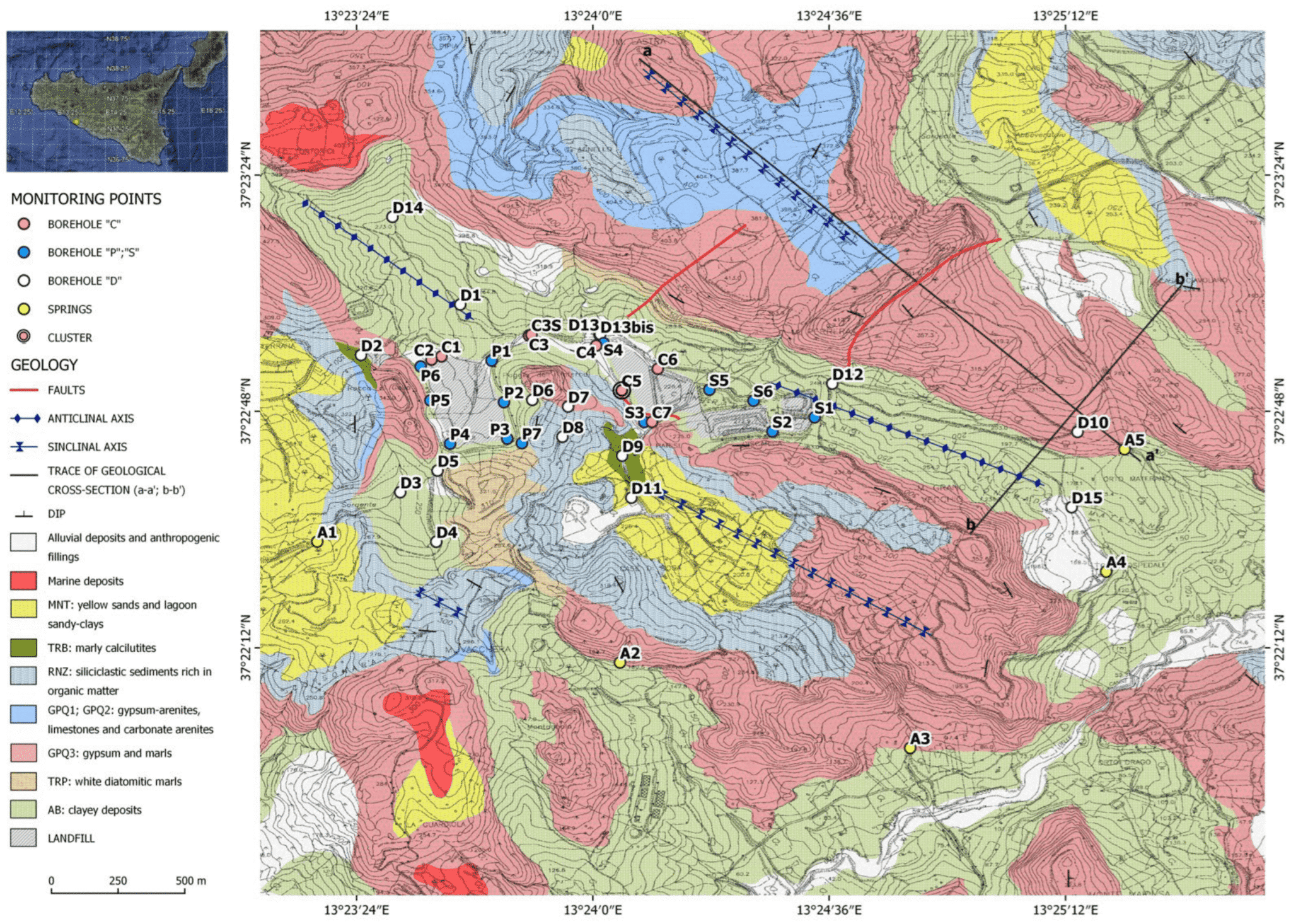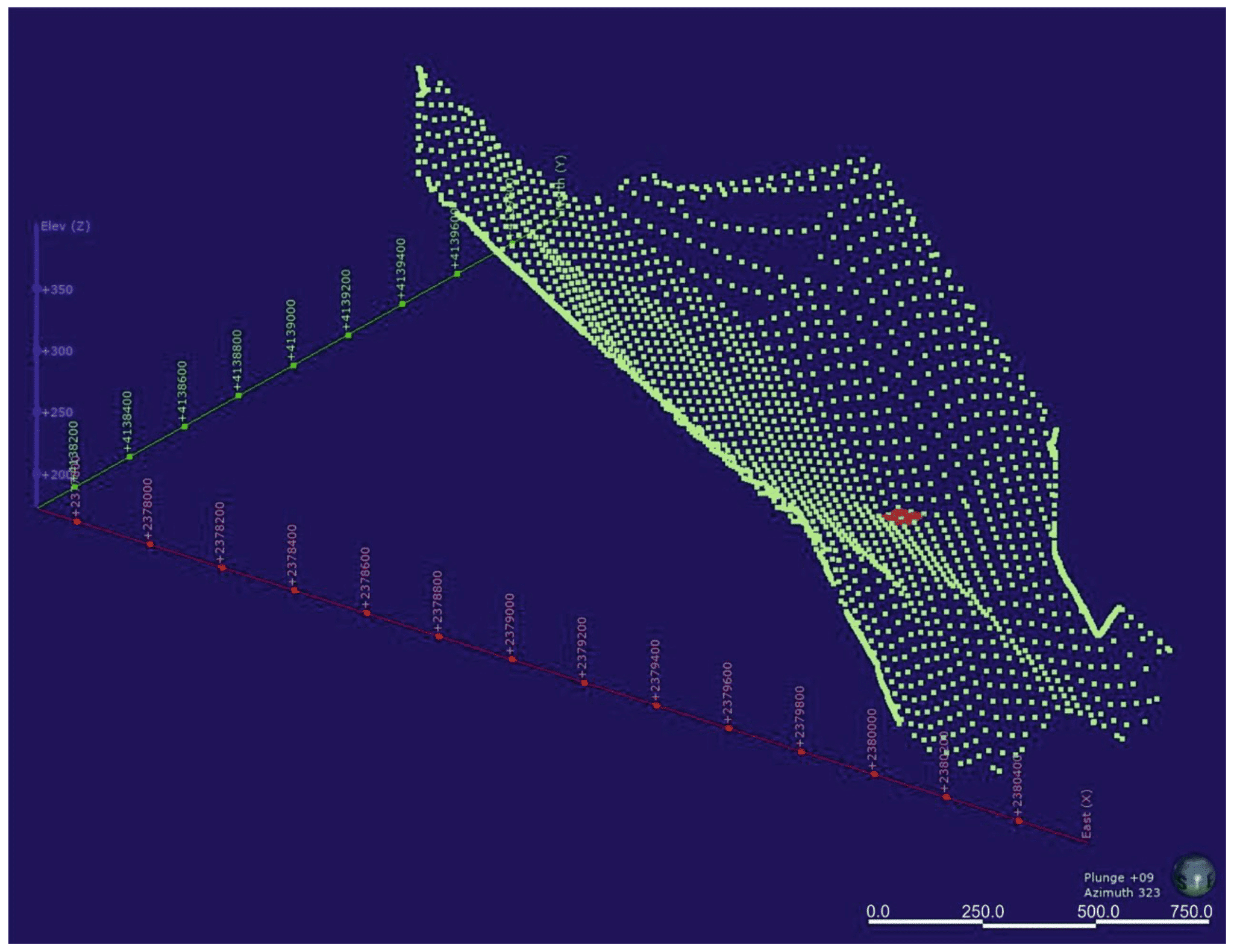Once released into the environment, dense nonaqueous phase liquids (DNAPLs) can become a major challenge to water safety. What do we know about the best ways to resolve that problem?
Chlorinated organic compounds are a common pollutant that hold a special threat for aquifers. Denser than water, and with very low water solubility, they easily sink to the bottom of both unsaturated and saturated aquifer systems, lingering there as a serious contaminant, with long term consequences.
Often referred to as DNAPLs, they are found in aquifers around the world, usually in industrial and urban areas where they are extensively applied in chemical production, dry cleaning, and metal degreasing.
Predicting their behaviour is complex but essential if organisations are to develop a rapid response strategy to a pollution incident.
For DNAPLs are known for their toxic and potentially carcinogenic effects, and recognised by the Stockholm Convention on Persistent Organic Pollutants as a compound of serious concern.
Therefore removing them quickly is vital. But so too is being able to accurately predict the effectiveness of any possible solution (and here Leapfrog Energy has proved to be useful).
This independent study, published in the peer-reviewed Hydrology journal, sets out to test whether a purpose-designed pumping well can not only do that job efficiently and cost effectively, but also make the application of other remediation techniques (such as bioremediation) unnecessary.
Through a series of simulations of free-product DNAPL extraction, and a programme of sampling and data gathering in a study area in south-west Sicily, the study explored…
- How to minimise the environmental impact of DNAPL release on the subsurface; estimate the recoverable free-product DNAPL, depending on the hydraulic properties of the aquifer medium; and gauge the residual DNAPL that could act as a long-term pollution source.
- Analyse local ground and spring waters to verify microorganisms associated with chlorinated solvent biodegradation.
- And under what circumstances the natural attenuation process provided by the autochthonous bacterial community could adequately degrade the remaining chlorinated compounds.
To reconstruct the local geology, the stratigraphic logs of 40 geognostic boreholes were considered (22 equipped as piezometers) and the 2D interpretations were uploaded to Leapfrog Energy’s three-dimensional geologic modelling software to reconstruct the main area of geological interest of this work, the aquifer bottom.
Discover: what the pumping well simulations revealed, how effective that solution turned out to be, and what advantages it holds out for DNAPL pool extraction elsewhere. Read the full academic study, and hydrochemical and microbial analyses.
Example extract:
“The dynamics of spilled DNAPL migration in a variably saturated zone can be described using numerical simulations for the governing equations of immiscible-phase fluid flow in a porous medium. These equations are coupled conserved partial differential equations for each fluid flow, based on the Darcy equation, with the conservation of the mass and an equation of state. They are written as a function of each fluid flow’s saturation, capillary pressure, density, viscosity, permeability, and porosity…”
Illustration:

Article's authors:
- Fulvio Celico is a Professor in Hydrogeology at the University of Parma, Parma, Italy.
- Edoardo Rotigliano is a Professor in Physical Geography and Geomorphology at the University of Palermo, Palermo, Italy.
- Alessandra Feo is an Assistant Professor in Applied Geology at the University of Parma, Italy.
- Maurizio Gasparo Morticelli is an Assistant Professor in Structural Geology at the University of Palermo, Italy.
- Pietro Rizzo is an Adjoint Professor in Applied Geology at the University of Parma, Italy.
- Federica Lo Medico and Riccardo Pinardi are both Ph.D. students in Geology at the University of Palermo and the University of Parma, respectively.





